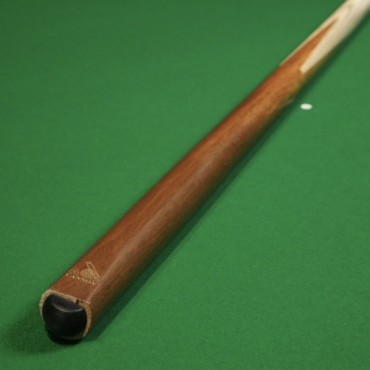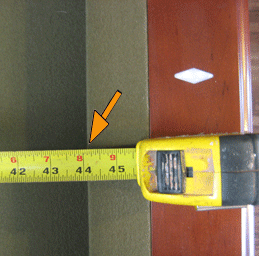
There are many materials that can be used to make snooker pool balls. These balls come in many colors and are usually smaller than pool balls. They also use smaller cues and lighter tips. Because the rules and size of the table are the same, you can use the same cue. Here are some suggestions for players who own tables and want to play Snooker.
The colors of snooker pool ball balls
There are many variations in the colors of snooker pools balls. Some are neutral and work well with each other, while others are more striking. Blue and yellow pool balls are complementary. Others pool balls can be customized to make your table stand out. Sets of granite or ultraviolet pool balls can be added to the table to give it a classy look.
While most pool balls are red, snooker uses a variety. These balls come in a variety of colors, including blue, yellow and green. The cueball is white. There are also stripes balls.
Materials used in the manufacture of snooker pool ball balls
There are many materials that can be used to make snooker pool balls. They were originally made of wood as it was cheap and easy to find everywhere. The material was not durable and easily changed in shape. There were many other materials that could be used in place of wood. In the 19th century, the ball was made from ivory. The ivory balls could only be used four times per elephant because they were so expensive.

Over time, the materials used to create snooker ball balls has changed. It was an inexpensive material to work with and was therefore the first material to be used. Europeans developed a taste for new materials over time and started to experiment with them. In the seventeenth-century, pool balls were made using elephant tusks.
Dimensions of a snooker table
Snooker table are larger than pool tables but have more accessories and features. Players need to be able control the ball, and the playing surface should be smooth. The cloth used for the playing surface can be either nylon or wool. These materials are more expensive than others, but can last for years. Consider the size and materials of the table when choosing the right one for you.
There are three sizes to snooker tables. The WPA standard table has wide, angular pockets, while the WEPF table has narrower pockets. WPA tables' pockets are between two and three times wider in diameter than standard snooker balls. The WEPF table uses balls measuring two to two+1/4 inches (51 to 54 mm), while the WPA table uses smaller balls.
Rules for snooker pools games
There are many rules to snooker pool. The main objective is to score more points than your opponent. You can accomplish this by fouling or potting a ball. The game begins with the flipping of a coin. This determines who goes first. Each player sets their cueball wherever the D shapes allow. The goal is to make the red ball, which is the highest scoring ball in the game, into the pocket.
Foul play occurs when the cueball comes in contact with a ball which cannot be put on. If the cueball hits another ball, the other player must move away from it. If the ball was nominated by another player, this rule applies.

Available snooker ball balls
Snooker is a sport that involves the use of snooker pool balls. Each snooker table set includes twenty-two snooker balls. This includes a rack of fifteen red and six white balls. To indicate their point value, the balls are often numbered. There are two main styles in snooker: the English and Aramith.
Snooker pool balls are available in a variety of materials. The earliest balls were made of wood because it was cheap to produce. As Europeans began to appreciate exotic materials, ivory was introduced. By the 17th century, ivory became the preferred material for pool balls. Eventually, however, elephants' tusks became endangered and manufacturers sought to find alternatives.